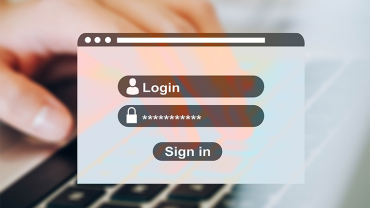Data protection is a subject many people think has nothing to do with them; if so, they are wrong. Specifically, anyone who uses the internet should be aware of what data protection is, and why it is important. Unfortunately, the speed of online transactions, the number of clicks we all make to get where we want, means that most web users see data protection as a bit of a pain.
Data protection and other interruptions
When logging into an online service, or even just browsing something like a news site, we are bombarded with interruptions. Boxes pop up, literally to block the view of the desired site; this is so we have to do something to get rid of them. In most cases, we click whatever is highlighted, or even press the enter key, and away the interruption goes.
Many of these boxes are related to advertising, especially on certain types of website. However, since 2018, some of these interruptions are to do with data protection; they are asking how we want data about ourselves to be used. The issue is one of consent, as much of a pain this may be for the average internet user.
What is GDPR legislation?
Wording of the questions which appear in these pop up boxes differs; often today, by clicking the X in the corner, the text says we agree to certain terms and conditions. Quite often, the first conditions we agree to relate to data protection.
The Data Protection Act came into law in the UK in 2018. This codified what is generally referred to as GDPR; that is to say, General Data Protection Rules. Data protection had always been in place, but the 2018 enshrined EU-wide GDPR legislation on the UK’s statute books.
Before the Act, it was possible to find out what companies knew about us; but gaining access to this data required time, effort and money. Since 2018, companies have to give out this information free of charge in most cases, and have to do so within a month, rather than the previous 40 days.
Should I worry?
So, when we click the X, agree to emails or cookies, we are often saying that we’re ok with the online business gathering and holding our personal details. The fact is that, if we didn’t, we wouldn’t be able to access most of the sites we visit. That does not mean that personal data is harmful, or that it can be used for anything we don’t want it to be.
In fact, GDPR law is there to protect the consumer; while having to give consent might be slightly inconvenient, it’s actually a good thing. This is because consent can be withdrawn at any point, without incurring penalties, be they financial or otherwise. We should think of clicking our consent as a temporary measure, rather than one which ties us to lifetime agreements.
What are my rights?
As well as being revocable, GDPR legislation is empowering for the individual, as both customer and citizen. In the next article, we’ll see exactly what rights we have under GDPR and the 2018 Act.









